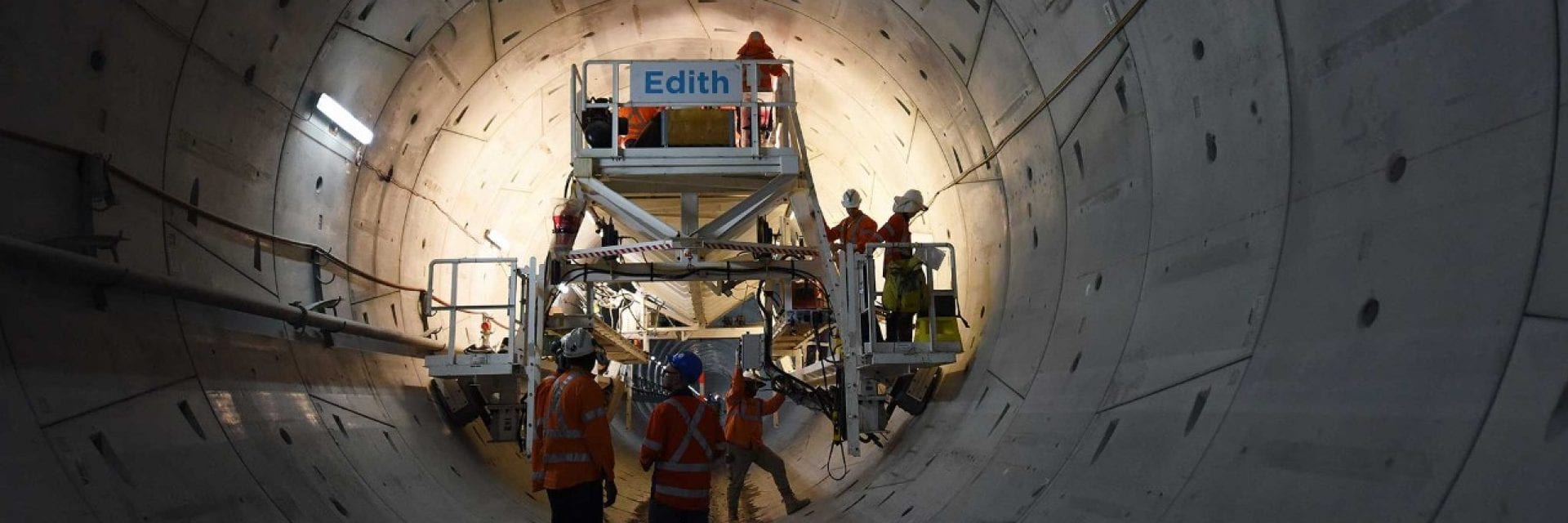
Achieving Efficiencies Beyond Expectations: Sydney Metro Northwest
Hilti's SafeSet system provided a solution to all these considerations - with every drilling machine using a hollow drill bit and being attached to a vacuum cleaner. SafeSet reduces dust and eliminates the time-consuming process of manually cleaning each drilled hole, ensuring a far safer and more efficient process.
“Herrenknecht and Hilti’s co-operation has led to highly successful outcomes for project stakeholders. We love solving drilling and anchoring challenges with Hilti and we are fortunate to have such a rewarding, collaborative partnership. Together we are leading the industry to greater productivity and safety.” Simon Strong, Mechanical Engineer, Herrenknecht Australia.
A final element to consider when settling on a solution was the guarantee that every anchor would be installed consistently and correctly. To ensure this, we proposed the use of the S-TB torque bar for setting the anchors, which allows for every bolt to be installed optimally.
“NRT has had an excellent experience dealing with Hilti and Herrenknecht to develop a suitable anchor solution for our applications and then to develop a specialist drilling solution to efficiently deliver the scope. Their technical knowledge and experience have ensured we have the right solution for the job and the drilling rigs have greatly reduced drilling time in the tunnels while reducing the need for manual labour.” Richard Brewer, Senior Project Engineer - OHW, Northwest Rapid Transit.
Quick Links
Ask an engineer
